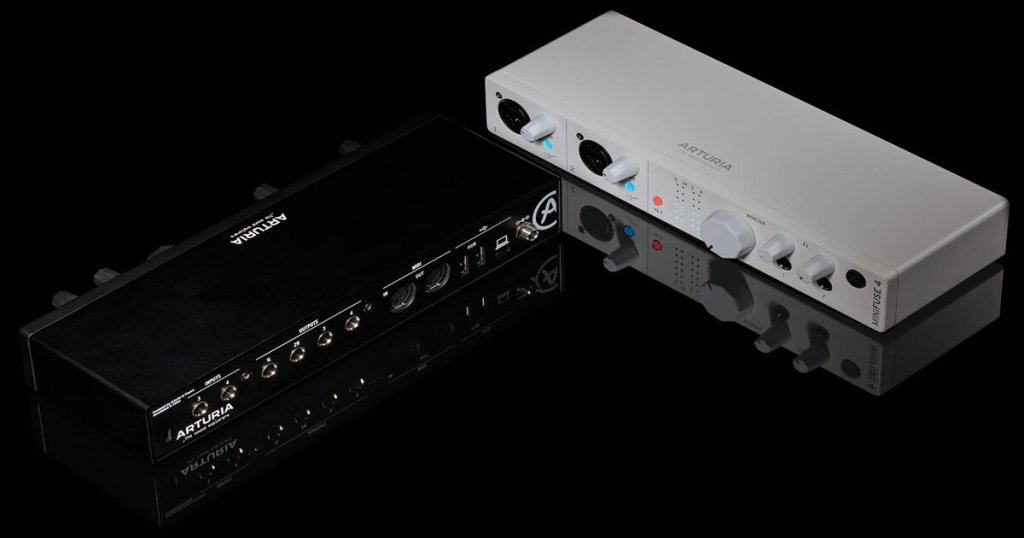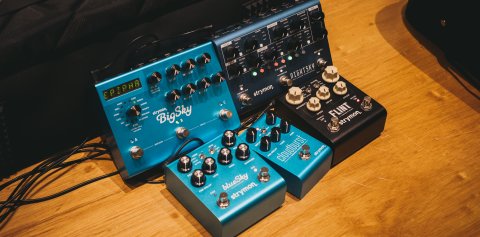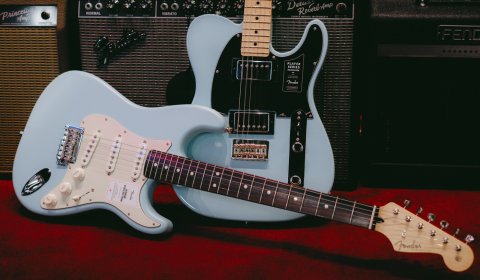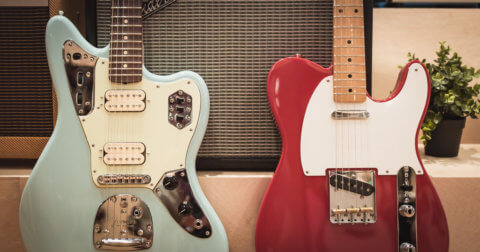For beginners, audio interfaces might sound a little technical, but they really aren’t that scary. An audio interface is a device that will allow you to record any instrument or vocals into your computer, laptop or mobile device. You may be used to recording directly into your phone using the mic on your headphones. However, if you are looking for a more professional sound, purchasing an audio interface is the first necessary step.
Here is a quick rundown of some of the buzzwords you’ll come across when shopping around.
Latency
Latency is a short period of delay in music production from when you play or record a signal, for the sound to process and record onto your computer/device. Although this is often milliseconds, it really can cause problems when producing. Imagine if you felt perfectly in time, but every time you recorded something in, it sounds slightly out of time. If this is happening to you, you need an audio interface.
Related Terms
- Zero latency = no delay time.
- Zero Latency Monitoring = allows you to hear yourself exactly in time through headphones or studio monitor speakers.
2in/2out
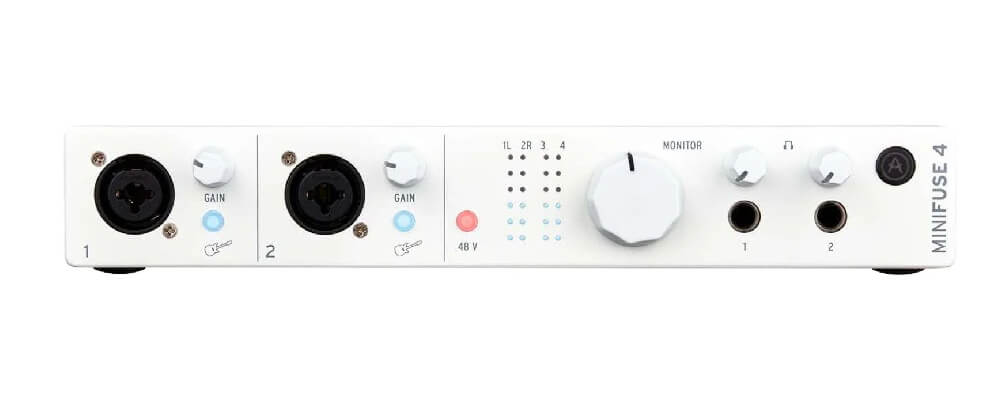
2in/2out is an abbreviation for two input channels and two output channels. When considering which interface to buy, don’t just think about your home set up but think about how you record. If you record one channel at a time, then usually you will only require a single input, but if you want to sing and play the guitar at the same time, then you need multiple inputs and outputs to suit.
USB/Firewire/Thunderbolt
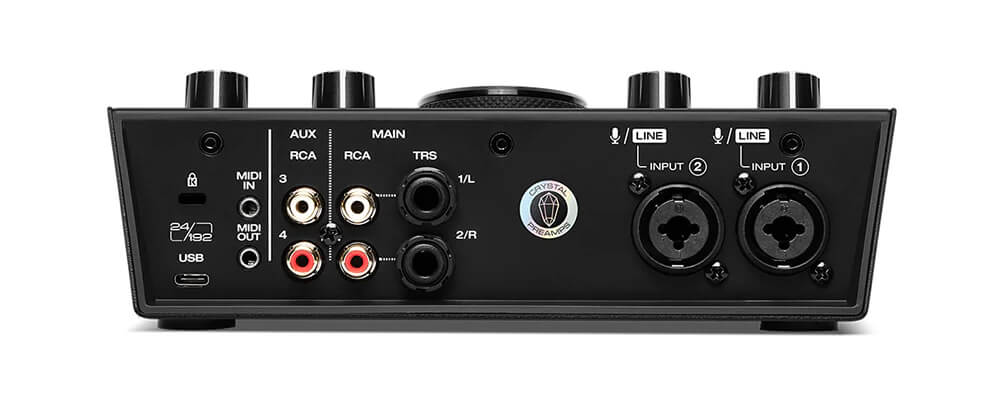
These are different types of connections that offer varying amounts of transfer speed. For home studio setups and beginner producers, most connections will have more than enough transfer speed to accommodate your needs, but try to purchase an interface that has been released in the last couple of years to avoid having to unnecessarily upgrade in the near future. Without going into too much technical detail, Thunderbolt has the highest transfer speed, USB (varieties 3.0, 2.0, and 2.0 30-pin which is mainly for use with iPads) has the lowest and Firewire (typically 400, or 800) somewhere in the middle. PCs and tablets generally use USB and Thunderbolt is Mac’s high-speed version of USB.
Digital Signal Processing
If you’re looking at an interface that says DSP, this means that you can use the interface to add audio effects such as EQ and Reverb while you are recording, or when you play it back. This can be particularly useful if you want to reduce some of the processing load on your CPU. It’s also a nice go-to option for the hardware purists out there.
Phantom Power
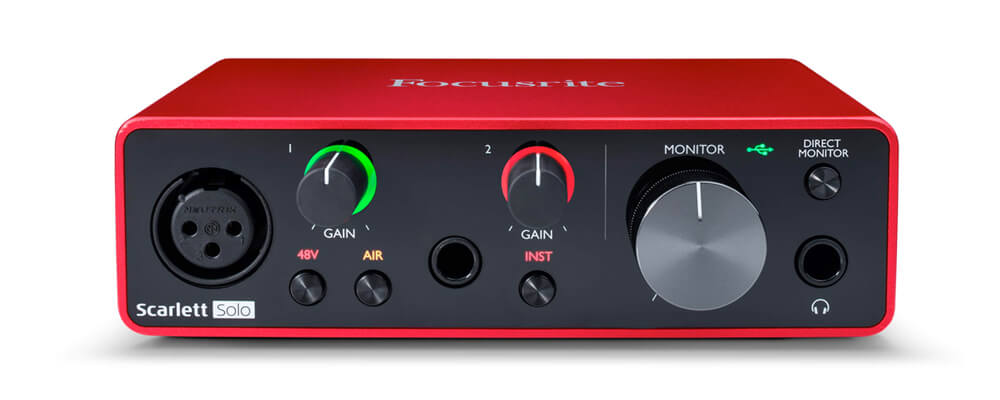
It sounds like a mixture of scary and cool, but Phantom Power means that your audio interface will power the microphone that you are plugging into it – typically a condenser mic requires this. Check your microphone before you shop and see if you need phantom power. If it’s 12V or 24V, an interface without Phantom Power is fine. If it needs 48V, choose one with Phantom Power.
That’s just about it for our crash course in audio Interfaces! You’re well on your way to being versed enough to take the necessary steps towards improving the quality of your recordings.
